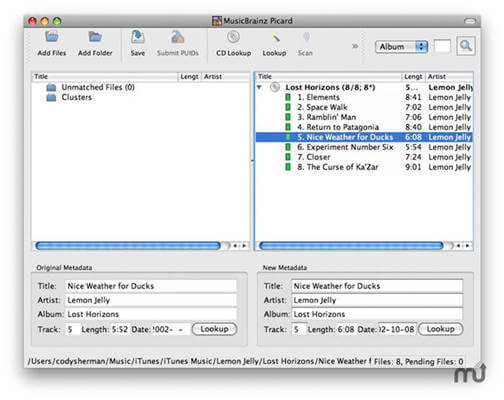



Step 2: Copy and paste the following path into the address bar of the Registry Editor window: HKEY_LOCAL_MACHINE\SOFTWARE\Policies\Google\Chrome windows-macOS.png” data-pagespeed-url-hash=”34053581″ onload=”(this) ”/> windows-macOS.png” alt=”Disable Chrome’s Incognito Mode 1″ data-pagespeed-url-hash=”2540978592″/> In the search box, type regedit, and then click OK. Step 1: Press Ctrl-R to open the Run box. Let’s start with Registry Editor and then move on to Command Prompt console if that fails. If this is the case, there is an alternative method that involves running a command line from the command prompt. However, select devices may not have the registry keys or values required to make the change in the first place. On windows 10/8.1/8/7, you need to dive into the registry editor and do a simple tweak to disable incognito mode in Chrome. If you are a windows, macOS or Android user, you need to use workarounds to prevent yourself or other users from browsing privately. Regardless, disabling Chrome’s incognito feature isn’t the most convenient solution, and is even impossible on platforms like iOS. And if you have children around, it is important that they cannot surf anonymously at all. Or maybe you want to prevent other users from using incognito mode for nefarious purposes. windows-macOS.png” width=”950″ height=”562″ alt=”Disable Chrome Incognito Mode” data-pagespeed-url-hash=”169000670″/>įor example, incognito mode can encourage bad habits – you can play around aimlessly and search for things you wouldn’t dare to do in a normal browsing session. However, there are several reasons why the presence of incognito mode can be counterproductive. Most importantly, it helps you browse privately, which is absolutely crucial on shared devices. It automatically removes your browsing history upon exit, thus stopping website trackers from getting a bead on you on subsequent visits.

There’s little doubt about the versatility that Chrome’s incognito mode brings to the table.


 0 kommentar(er)
0 kommentar(er)
